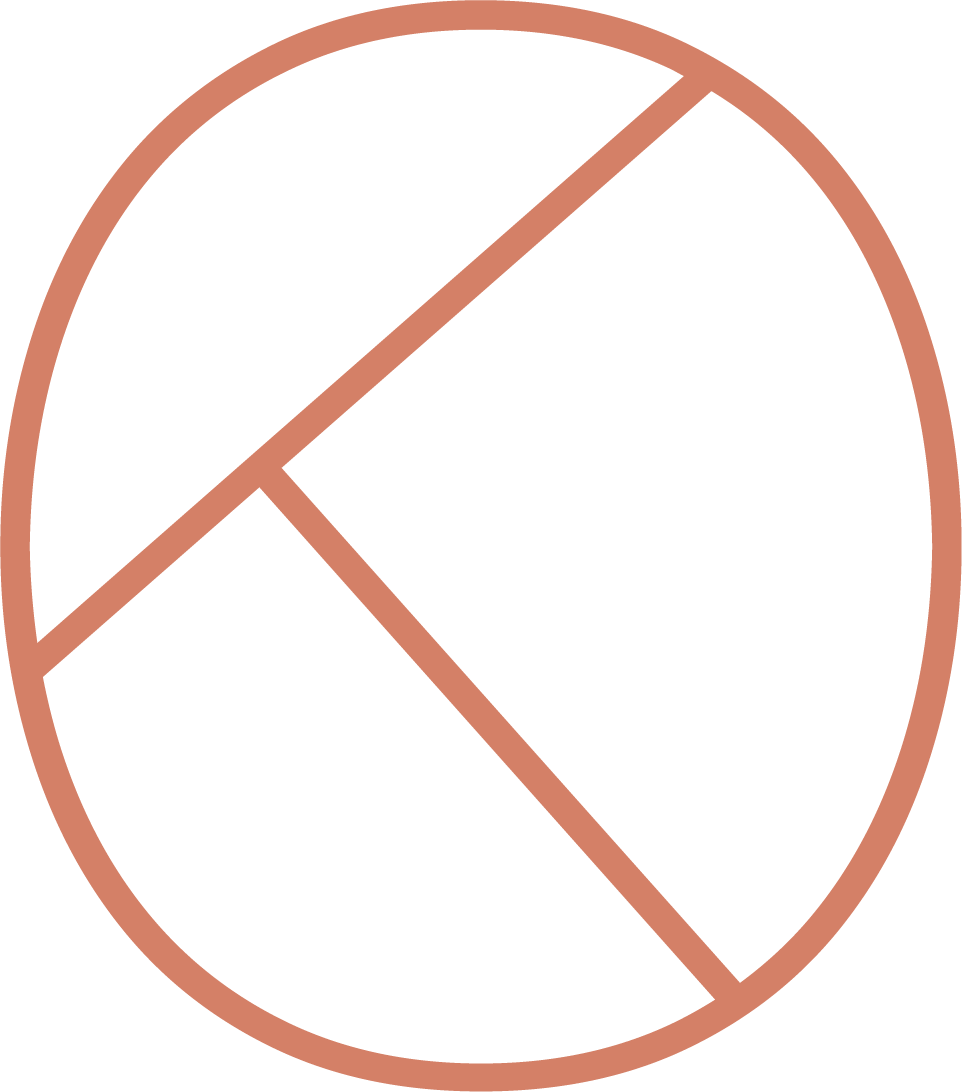Calculating Extra Yardage
Sometimes, you might want to add length to a design. Whether it is in the body or the sleeves, use this simple worksheet to estimate the extra yarn you want to have on hand for your desired length. Before beginning this worksheet, you should have a finished swatch in your chosen yarn, the ball band information for your yarn providing the yardage (or meterage) in a skein and the weight in grams along with the finished circumference/width of the area where you would like to add length. For sleeves, I recommend using the Upper Arm measurement. For Body Length, use the Chest or Hip Circumference measurement depending on where you are making modifications. You will also need a scale that can accurately measure the weight of your swatch in grams, such as a postage or kitchen scale. Be sure to use the same units of measurement throughout the worksheet. Click the “printable worksheet” button below to download this worksheet so you can scribble all over it!
Note: In standard math practice, parentheses () are used to indicate multiplication. In this worksheet, my examples include notation for Metric conversions as an alternative style of calculation. Choose either Metric or English Standard length measurements instead of multiplying.
Step 1
Calculate the total area of your swatch.
A ____ total width of your swatch
B ____ total length of your swatch
A x B = ____ C
The variable C describes the area of your swatch.
Step 2
Calculate the total yarn length used in your swatch.
D ____ total weight of your swatch in grams
E ____ Using the information on your ball band, divide the total yarn length on the skein by the weight in grams, ignore the ounce measurement as it is less precise.
Example: If there are 200 yards (183 meters) in a 50 gram skein, you will know that every gram is equal to 200 (183 meters) / 50 = 4 yards (3.66 meters) per gram.
D x E = ____ F
The variable F describes the total yarn length used in your swatch.
Step 3
Determine the yardage (meterage) per square inch (cm).
F / C = G ____ yardage (meterage) in one square inch (cm)
Step 4
Calculate the area of the length added to the design.
H = ____ finished circumference
I = ____ desired length addition
H x I = ____ J
The variable J is the total area that you desire to add to the design. For Sleeves, make sure to account for both sleeves (multiply your result by two).
Example: Your Finished Chest measures 50" (127 cm) and you desire to add 2" (5 cm). Multiply 50" (127 cm) x 2" (5 cm) for a total area of 100" (635 cm).
Step 5
The end!
J x G = ____ K
The variable K describes the total yardage you will need to add to the pattern's recommendation, based on your actual gauge and yarn choice!
This is an estimate and as such, I always recommend that you round up.
Planning ahead, ahead.
So, you're trying to order all your yarn at once and therefore haven't swatched yet as instructed in this worksheet.
In this case, you will want to see if you have anything in your stash that is a similar weight and fiber content to what you're planning to purchase. You can use this for swatching, but give yourself a little cushion just in case there are unique properties of your to-be-ordered yarn that you aren't capturing in your sample swatch.
Alternatively, you can use the schematic provided in your pattern to calculate an estimated total area of the garment (similarly to Step 1 of this worksheet), and replace F from Step 2 with the pattern's yardage/meterage recommendations.
Enjoyed this tutorial? Consider a donation to help me continue to create tutorials for knitters! Thank you so much!
